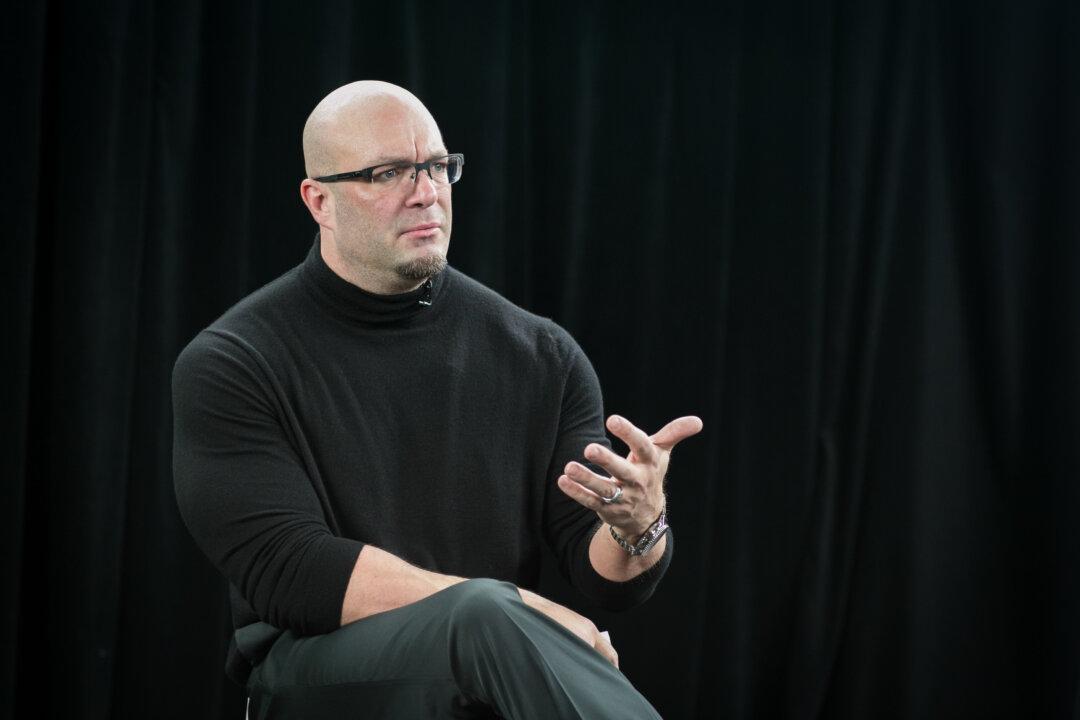Several operations launched by Russia during the 2016 elections now have been uncovered. While there is still no evidence that Russia affected the outcome of the election, the targets and nature of its operations tie into some of the deeper forms of ideological subversion at play in the United States.
The Russian government was promoting groups in the United States on both the “far left” and the “far right,” with the deeper intention of driving a wedge through American society and of further expanding perceptions of racism and conflict.





